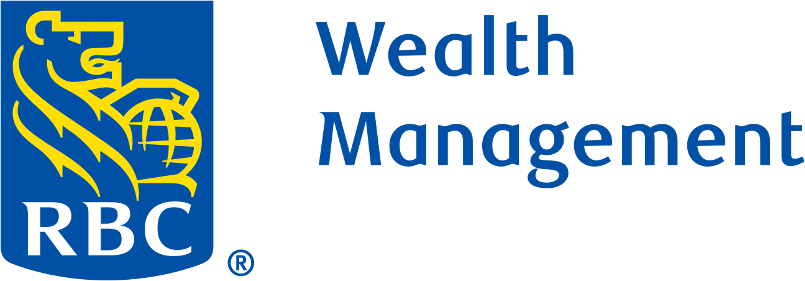A mathematics degree teaches you how to think and how to solve problems. I had no idea that I would spend the rest of my career doing that very thing across multiple industries.
When I started my career as a software engineer, I learned the importance of listening to the customer’s needs, designing solutions to address those needs, building systems that implemented the well-thought out designs, and testing the outcomes in order to continue to make it better even as the needs evolved over time.
As a wealth management team, we have built our practice around the engineering principles that started my career, design – build – test. Our clients are families looking to grow and protect their wealth so that one day they can self-fund their retirement years. They are families trying to figure out how much to save in order to have financial freedom later in life. They are families looking to send kids to college, help aging parents during their golden years, make time for vacations, or starting a business. Every time someone is facing a financial transition, the engineering principles I learned early in my career can be applied in order to help solve the financial unknown they are seeking to understand.
Let’s look at each of these important steps in solving for unknowns, starting with the design phase, otherwise known as wealth planning.
Design = PLANNING - Listening to our client’s needs, wants, and wishes provides the basis for designing a family wealth plan to achieve their goals based on their priorities, while staying flexible enough to adapt as their lives evolve over time. Defining measurable goals is both quantitative as well as qualitative.
A measurable goal is defined by three criteria:
- When will it start
- How long will it last
- What will it cost
Build = STRATEGIES – Once goals are defined and measurable, the plan can be implemented. To build anything, you need the right tools. When building a portfolio, the financial tools we use include stocks, bonds, and cash. Each of the tools we use to build portfolio strategies have different characteristics, and the right mixture of each of these tools is the key to a successful financial outcome.
Test = OUTCOMES – Once a plan is designed and an investment strategy is built, the work does not stop because your life does not stop. Goals evolve, detours happen, and a plan and strategy is only as good as the last time you tested it. As we discussed in a previous blog, being prepared for the unexpected is how we continue to have confidence in the plan we have implemented. Finding the vulnerabilities in your plan, the things that can knock you off track, and building contingency plans for those situations, only makes your plan stronger over time.
My entire career has been devoted to designing well thought out plans, building sound strategies, and testing early and often to help see successful outcomes.
Our team stands for PLANNING, STRATEGIES, and OUTCOMES. We are committed to helping families achieve successful financial outcomes. We’d love to help you too.

